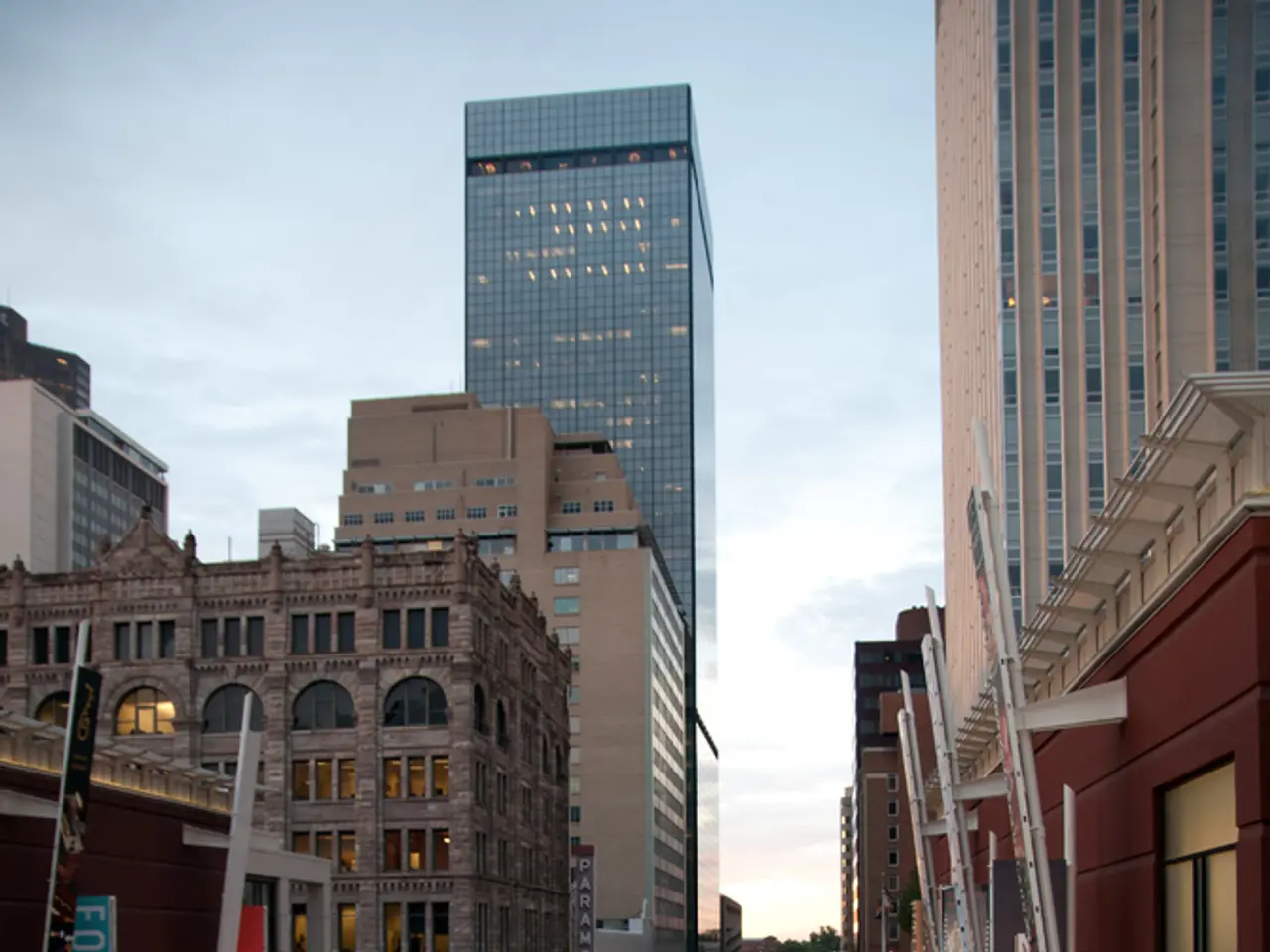Dynamic surge in Doha's property market in 2025, marked by impressive sales figures, an attractive 9% return on investment, and transformative megaprojects shaping the city's future landscape.
Doha's Real Estate Market on the Rise: Robust Growth Ahead
Doha's real estate market is experiencing a robust recovery in 2025, driven by economic fundamentals and strategic investments. According to the World Travel & Tourism Council, Qatar's tourism sector is projected to grow to 135 billion QAR by 2034, making tourism and hospitality a pillar of demand.
Office rents have slightly decreased, but occupancy of Class A spaces is high, indicating a healthy market. Buyers were particularly active in the municipalities of Doha and Al Daayen, including Lusail, where the median transaction price for homes stood at around 2.7 million QAR in the first quarter of 2025.
Industrial and logistics real estate is also stable, with high occupancy rates. The government's Third National Development Strategy (2024-2030) aims to diversify the economy and attract foreign investment, including in real estate.
Doha's real estate market is benefiting from significant infrastructure development. Projects like the $36 billion Doha Metro and the $16 billion expansion of Hamad International Airport enhance connectivity and logistics, boosting long-term real estate appeal.
The market's resilience so far suggests that political measures and economic growth are effectively supporting absorption. However, there will likely be pressure on prices and rents in the short term, particularly in certain segments like medium-priced apartments in Lusail/West Bay.
Retail rents are stable, and Doha is a regional shopping hub for 79% of GCC residents. Tenant churn has eased at the start of 2025, with more tenants renewing contracts. The price-to-rent ratio for homes in Doha is around 19 years, implying an average gross rental yield of about 5.3%.
Demand is becoming increasingly selective, with high-quality, well-positioned projects being rented/sold quickly, while generic units face longer vacancy periods. Fundamentals are stable in the commercial real estate market.
The forecast for Doha's real estate market in 2030 indicates robust growth driven by infrastructure development, strategic investment, and regulatory reforms aligned with Qatar National Vision 2030 (QNV 2030). The commercial real estate market in Qatar is projected to increase from about $18.07 billion in 2024 to $26.01 billion by 2030, reflecting a strong compound annual growth rate (CAGR) of approximately 7.56%.
Key supporting factors include sustained public investment in infrastructure and housing, government initiatives aimed at facilitating foreign investment, population growth and economic diversification under QNV 2030, ongoing interest and resilience in residential markets post-World Cup 2022, commercial growth concentrated around hubs like Lusail and Doha, and strong land transactions and growing investor appetite.
In sum, the Doha real estate market toward 2030 is expected to continue growing steadily with expanding commercial and residential demands, bolstered by infrastructure projects, regulatory reforms, and the broader economic vision of Qatar. This outlook appears confident barring major external disruptions.
As of April 2025, Qatar's overall residential property price index increased by 12.44% year-on-year. Growing tourism and events, boosted by new attractions, major sporting events, and Qatar's visa liberalization policies, are increasing demand in certain real estate sectors. Rental yields in Doha are attractive by global standards, bolstering the appeal of real estate investments.
The government's policies, including progressive real estate policies, liberalization of foreign property laws, and 10 Full Ownership Zones, aim to attract foreign investment and stabilize the market. Public investments under the Qatar National Vision 2030 are estimated at $200-330 billion and are allocated to infrastructure and urban development projects.
The 2030 Asian Games in Doha are expected to attract 2 million visitors and stimulate investments in accommodations, potentially raising short-term rental yields to 8-10%. Demand for commercial real estate is resilient, with premium space demand increasing and supply growing. Economic fundamentals, such as Qatar's expected 5% growth in 2025 and solid public finances, are driving this recovery.
Some neighborhoods illustrate the variation in rental performance, with luxury neighborhoods like West Bay and The Pearl maintaining high occupancy and premium rents, while mid-tier areas have seen tenants become more cost-sensitive. Doha's rental market is well-supplied and stable, with tenants enjoying competitive options and landlords focusing on optimizing yields rather than pushing for strong rent increases.
In 2025, Qatar's population is around 3 million, growing at about 1.5% annually, with 82% of residents living in Doha and Al Rayyan communes.
Finance plays a significant role in Doha's real estate market’s steady growth, as strategic investments and economic growth fuel the market's recovery. Investing in real estate, particularly in high-demand areas like Lusail and Doha, offers attractive returns, with the median transaction price for homes standing at around 2.7 million QAR in the first quarter of 2025.
The government's Third National Development Strategy (2024-2030) emphasizes the attraction of foreign investment, including in real estate, aiming to diversify Qatar's economy and sustain the growth of the business sector, including the real estate industry.




